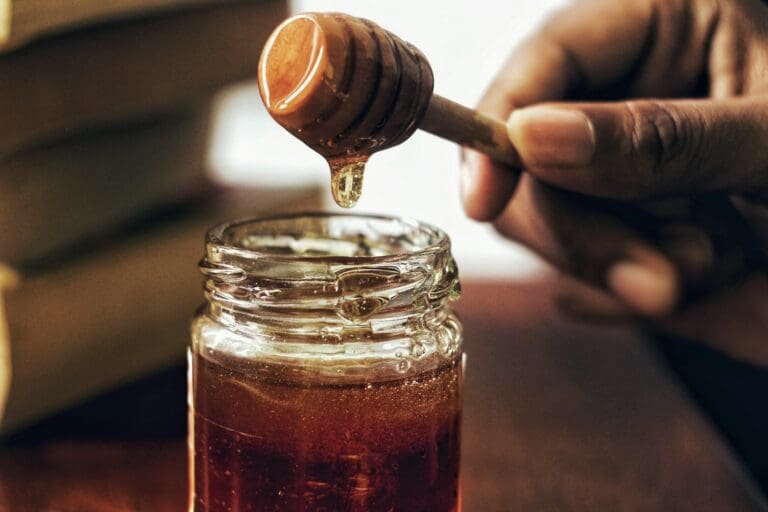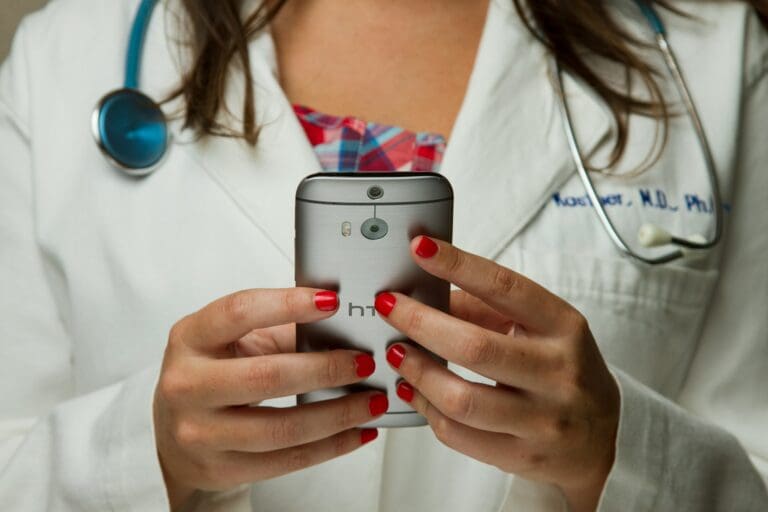Everyone needs a first aid kit but often you dont know what to put in it. It can get confusing about what is helpful and useful in a well provisioned first aid kit.
This post will detail exactly what you need to put in your first-aid kit to be useful at those times when you need immediate care. First off, let’s start with why you need a first aid kit.
Life is wildly, wildly unpredictable. Accidents happen. Knees get scraped! God forbid you get into a car accident or trip over an uneven crack in the pavement! You want to be prepared in this haphazard world.
A first aid kit will serve as your tried and true helper when life gets rough. Obviously a visit to the hospital is needed from time, but that doesn’t mean you don’t need the temporary tools to keep you safe while you’re en route to the hospital.
And sometimes a hospital visit isn’t necessary, but you just need to bandage up your poor, bleeding ankle after you’ve accidentally nicked yourself with a razor in the shower.
1. Let’s talk containers.
First things first, you need a container. Ensuring that the box or container you use can be easily accessed in your home or car, is of the utmost importance!
Since your home has more room than say your car, the size isn’t as critical, darling. But for your car, you need to think small. You never want to take your first aid kit out to make more room for something else, you hear?
Making sure your kit is waterproof in case of flooding or liquid spills is also something to bear in mind. Kindly pick out a container that’s easy to organize, too. Little compartments to keep Band-Aids, wipes, creams, and ointments, will help you find what you need. If cost is an issue, using waterproof ziplock baggies to group things in your box can be useful.
Pro-Tip: Be sure to mark that the box is first aid! A Red Cross where it’s visible will signify that it’s important and can help our dear children to find it easier.
2. Let’s talk about ~where~ you should house your first aid kit.
Most families keep their first aid kits in the kitchen, we’ve found. Likely this is because cuts and burns are a common injury in the kitchen. But truthfully, any easy access closet will do. However, keeping your kit in the bathroom is a common mistake. The humidity in bathrooms is higher than in most rooms in your house, therefore shortening the shelf life of some of your first aid kit items!
3. It’s on the inside that counts…
A lot of stores sell pre-packed first aid kits, which is great for people like my friend Ruba and for the rest of us who are completely novice when it comes to anything to do with adulthood. Pre-packed kits will often have the same things in them as this list. However, you can totally DIY a first-aid kit, which is fun and might even cost ~less~ money. So the time has come for the ~official~ list of first aid equipment that comes in your standard first aid kit.
KIT #1, for small wounds and injuries!
- Band-Aids: be sure to grab different sizes and shapes!
- 2 rolls of gauze
- A small heating pad
- An ice pack: ones that you break to activate are good for on the go!
- Scissors
- Tweezers
- Antiseptic ointment
- Anesthetic spray or lotion to treat bug bites or rash
- Benadryl
- Exam gloves
- Safety pins
- Triangle bandage: this would be like a sling, towel, or tourniquet.
The list above is meant to handle small wounds and injuries. However, making sure you’re prepared for a sustained survival situation is equally as important. Cleaning wounds and avoiding infection could be a fine line between life and death. So, In addition to the basics, here is a list of extra first aid kit items that are necessary for more serious events.
KIT #2, the sustained survival kit!
- A flashlight! It’s important to keep a flashlight near your first aid supplies in case of a power outage.
- Hand sanitizer! A standard first aid kit has a pair of gloves, but making sure to take extra precautions is key!
- Thermometer
- Surgical razor
- Cotton swabs and cotton balls
- Saline
- An emergency blanket
- Rolled bandages
- First aid cleansing pads with a topical anesthetic
- A multi-tooled knife
- A pen and paper. This one is important. Making sure you write down symptoms and how you took care of them can help first responders and doctors decide how to proceed with taking care of the injury.
4. Let’s talk about what needs to go in the car kit.
The first aid kit you keep in your car will contain a few different items than the one you keep at home. This is because you are leaving behind the safety net your house provides when something happens — whether it may be an injury at a sports game, a car accident, or needing to hunker down during a storm. So it’s important to make sure you have the necessities for whatever gets thrown at you when you’re on the road. Here are some extras to add to your car kit that aren’t listed on the essentials list! Important to note: Pack medication needed for your family! Make sure to add an epi-pen if there are any severe allergies, anti-nausea pills for car sickness, and anti-diarrhea medication. In addition to the medication, packing extra syringes and medicine cups is also useful.
- 5 paper bags in case of car sickness
- 2 emergency blankets
- At least 2 boxes of matches
- Flashlight
- Aloe vera
- Sunscreen
- Non-perishable foods such as granola bars or trail mix
5. Final pro tips!
- Both kits should include a list of emergency contact numbers.
- Make sure everyone of age in your home or car knows where to find the first aid kit AND how to properly use the tools inside!
- Check the items in your safety kits often to check for expiration dates! Replace expired items when needed!
- If anything in your kit is halfway gone, make sure to keep it restocked. This will ensure that you won’t run out of anything.
- A well-stocked and well organized first aid kit is essential in being prepared for every kind of situation. Starting your very own personalized first aid kit for your home and car isn’t hard, doesn’t take too much time, and teaches you and your family the importance of safety in any situation. So stay safe and be prepared!
With the right preparation, you can take care of life’s unexpected “ouches.” But if you find you need more than than a bandage, we are here for you any timerself without a much needed safety kit, feel free to give us a call or book a house call visit on-line and we will be there in a pinch. Stay safe and prepared!

